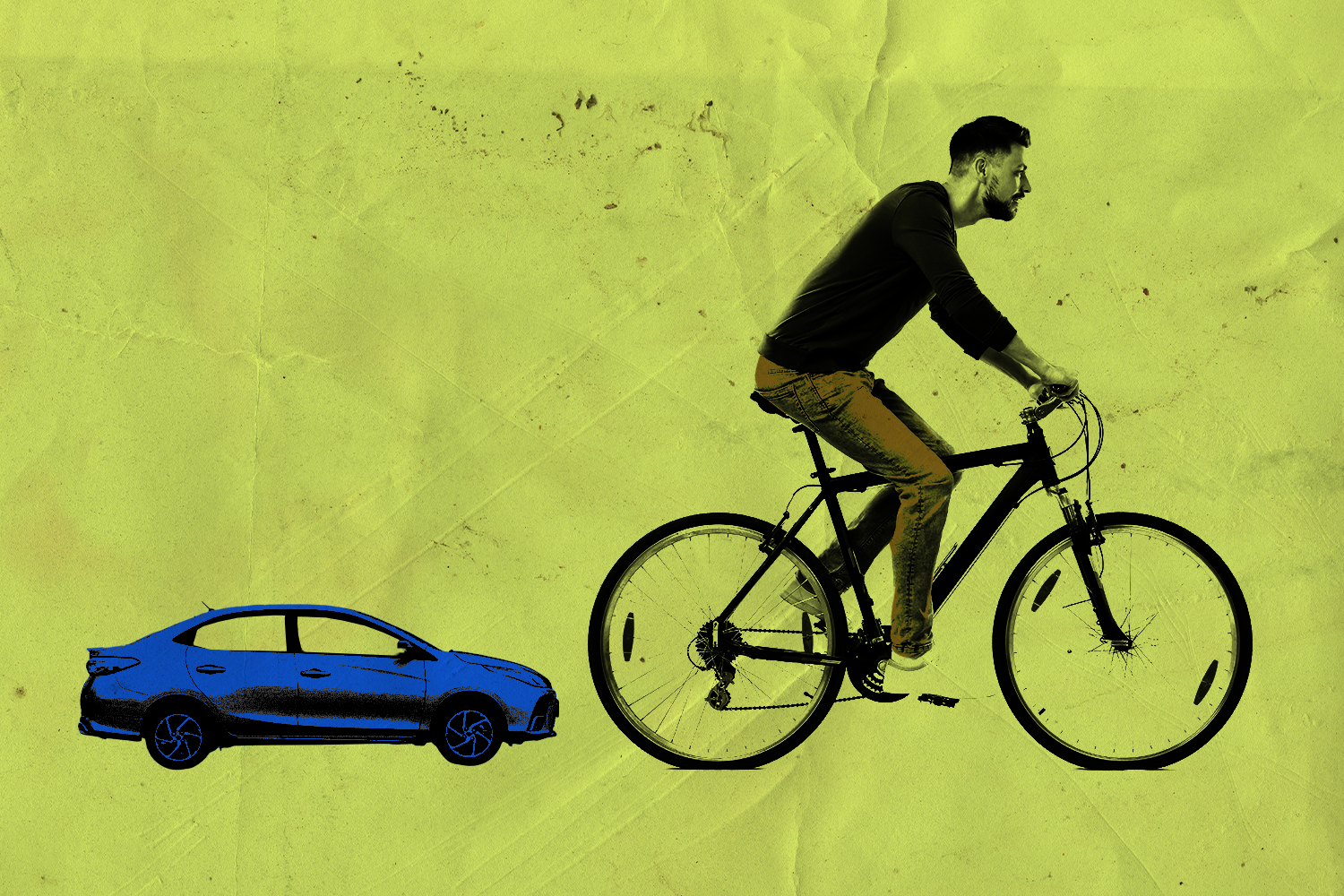How to drive less, no matter where you live
No public transit? No problem.

Sign up and save the world
The one5c newsletter delivers our best tips right to your inbox
If you want to reduce your personal share of carbon emissions, driving less is a surefire way to do it. About 37% of U.S. emissions come from transportation—and an entire 21% of those come from indivi……

